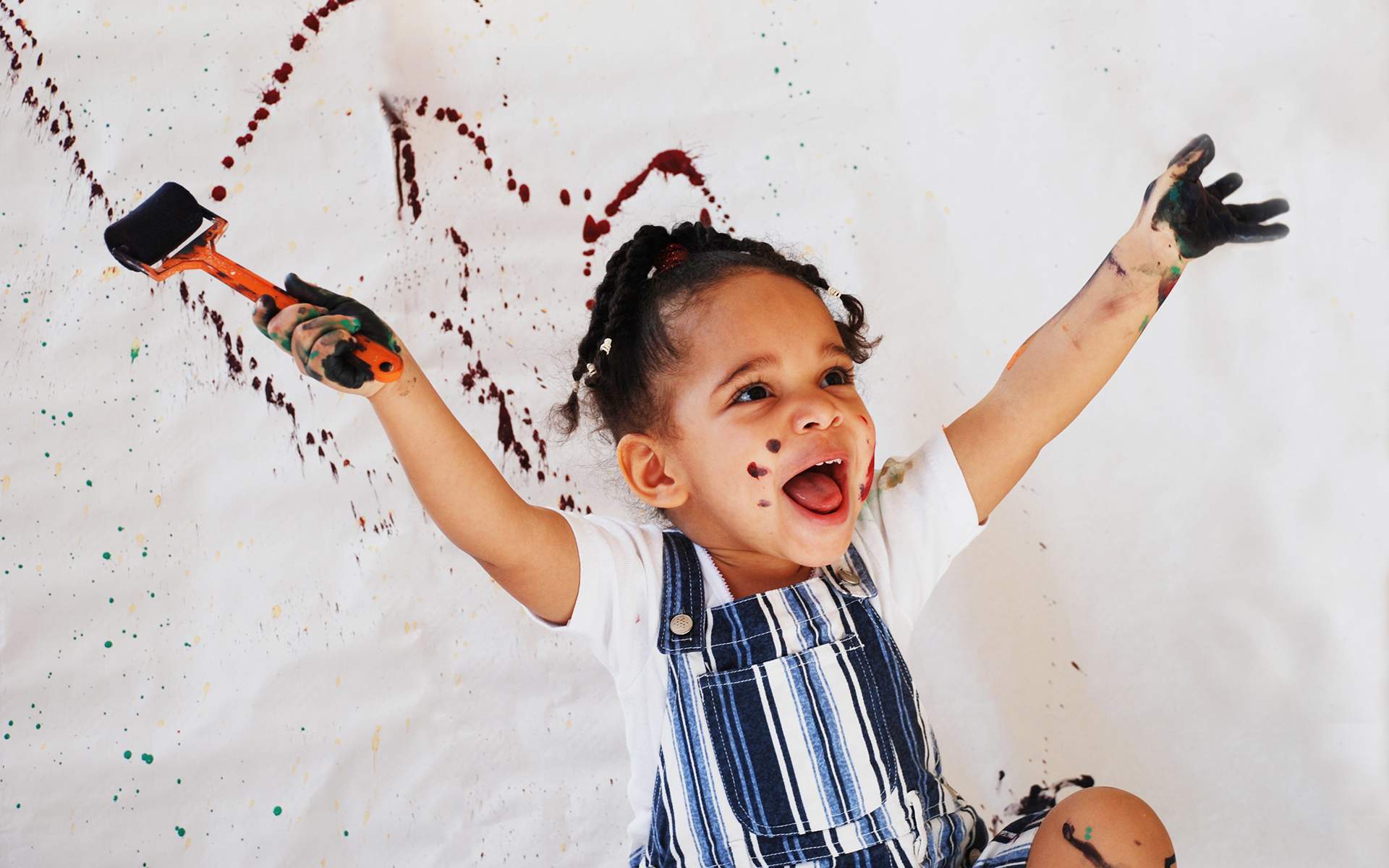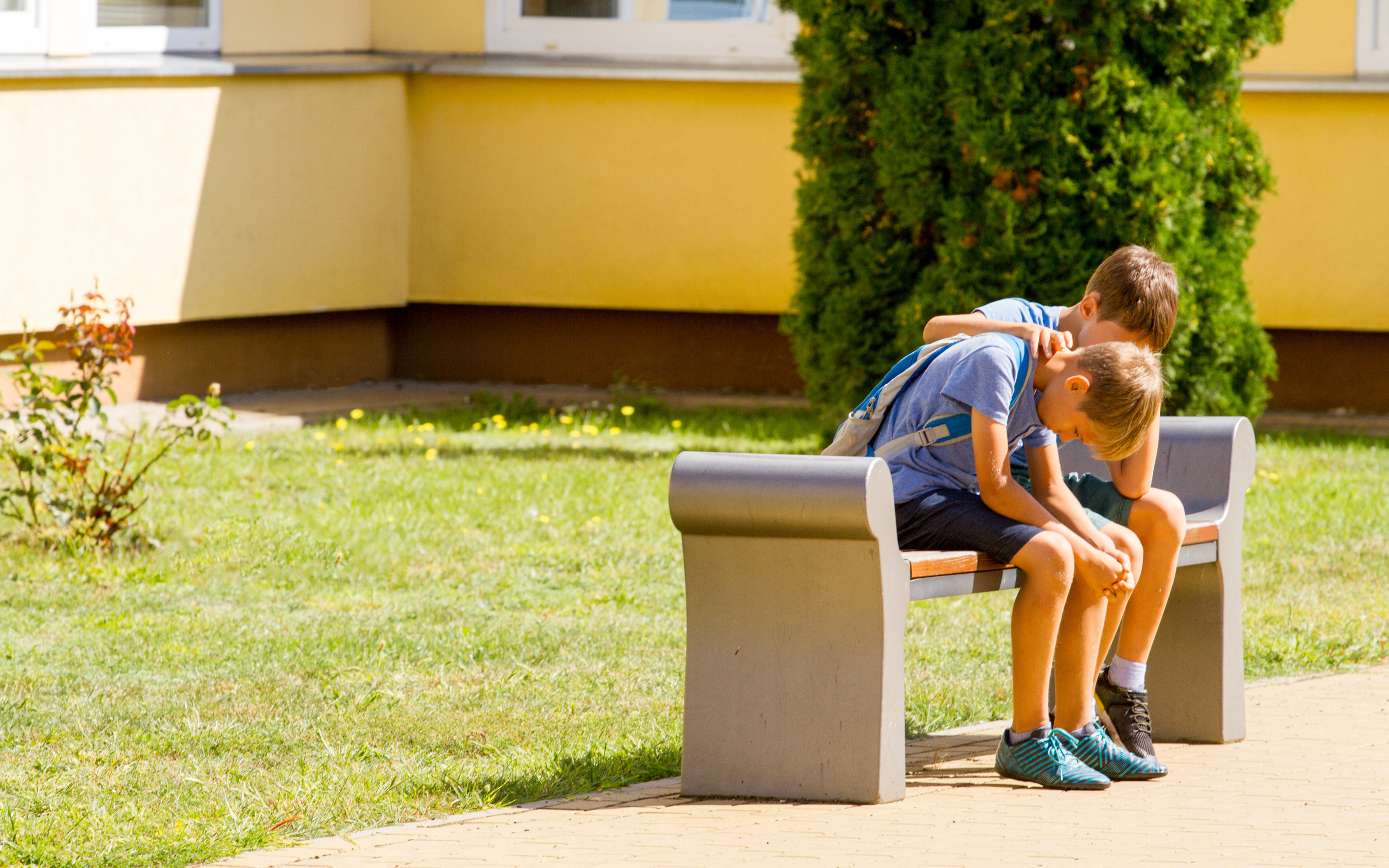I can clearly remember sitting in a parents group when my youngest was in elementary school, participating in a discussion about what we most wanted for our children. Being happy was at the top of everyone’s list, and yet our ideas of what this meant and how to “make” it happen seemed unclear, at best, not to mention more than a little out of sync with how the world actually works. Parents at this workshop wanted their kids to make the team, get the part in the play, be accepted to the right college, remain strong and healthy, have good friends, never go through loss or grief, and the list goes on.
Listening to each parent wax poetic about their beautiful, loving dreams for their children’s futures, I realized that “happiness” was defined as the wish for them to never feel let down or disappointed and for everything in their lives to be perfect.
You see the problem with this version of happiness, right?
Happiness Is Riding the Waves
If you have children, you know the feeling: the deep desire to fix things that don’t go their way. That urge to manage and get ahead of their possible worry, frustration, and sadness, and to see them “happy.”
When it comes to helping our children be truly, sustainably happy, the idea—so prevalent in our society—that happiness is an end goal, a place to get to, or a thing to attain is the first obstacle.
In my work with adults, one of the most common places they get stuck is worrying about their children. I admit that I have gotten stuck there a few times (or more) myself.
If you have children, you know the feeling: the deep desire to fix things that don’t go their way. That urge to manage and get ahead of their possible worry, frustration, and sadness, and to see them “happy.”
Attempts to make everything go smoothly for our children and to have things go their way as a path to happiness, though often well-intentioned, have some unfortunate consequences. Though we may try to micromanage (imagining that it’s helping our kids), by doing that, we aren’t teaching them some of the basic truths of life and how to work with them.
The most obvious of these truths is that sometimes things are hard. Sometimes things don’t go our way, sometimes we are disappointed. Sometimes, what’s going on in our world is unavoidably tumultuous, and frightening. We can’t always shield our children from this truth, however much we want to protect them.
And, equally true: There are ways to work with all of it.
As the founder of Mindfulness-Based Stress Reduction, Jon Kabat-Zinn, advises, “You can’t stop the waves, but you can learn how to surf.”
Our capacity to support our children’s happiness is directly related to our ability to help them clearly see and be with what is. The ability to stand our ground and support them in learning to do this is essential to their well-being, and ours. As the founder of Mindfulness-Based Stress Reduction, Jon Kabat-Zinn, advises, “You can’t stop the waves, but you can learn how to surf.” Our job is to teach our children to clearly see the waves life sends their way, and to give them surfing lessons. And, of course, to be there lovingly when a wave or two catches them by surprise.
So how can we model being with what is to support our children learning this crucial truth in life? How do we teach them to surf?
5 Steps to Nurture Your Child’s Emotional Resilience
When your child is struggling, here are some suggestions:
1. Check in with yourself
You need to be able to be with it first before you are able to skillfully support your child.
2. Be there for yourself
It’s challenging to really accept that everyone, including your child, will experience difficulties in life. Support yourself in staying with this reality. You might try saying to yourself something along the lines of, “This is hard. I know that my child, like all children, will have struggles, and will experience all the difficulties of being human in an uncertain world. As a parent, seeing them struggle will be hard for me, too. I am here for myself through this process.”
3. Help them to name it
Identify your child’s feelings to help them do the same! Are they feeling sad? Confused? Angry? Scared? Naming feelings is a powerful way to take a step back from their intensity, which supports the capacity to work with big emotions.
4. Use the “And”
For example: “I know this is hard, and I am here for you.” Or, “I know you are upset (or bored, or disappointed…), and you are going to be okay.” Along with naming, it offers kindness and acceptance for the fact that they are hurting, while encouraging them that these feelings are nothing they can’t handle.
Resist the urge to fix, advise or to do an end run around the problem. This supports their capacity to be with what is with kindness and curiosity, and widens their window of tolerance to manage difficult situations and emotions.
5. Help them find calm
Give your child strategies to calm their nervous system. Below are a few kid-friendly breathing techniques you can demonstrate and do with them.
Mindful Breath Practices for Children
- Belly breathing – When breathing in, the belly expands slightly; and when breathing out, it contracts.
- Mindful breathing – Simply noticing the breath and feeling it move in the body. I like to add visuals and words when I work with young people. For example, on the in-breath, I am a lake and on the out-breath, I am calm. This technique can be adapted to use any visual and taps into the power of imagination.
- Teddy bear breath – This is a variation of the belly-breathing practice for little ones. Have them lie down with a teddy or stuffed animal on their belly, and let them watch as it moves up and down while they breathe, as if they are rocking it to sleep.
- Four square breathing – This is a great tool for older children. Breathe in for a count of four. Hold for a count of four. Breathe out for a count of four. Hold for a count of four. Do several rounds and return to normal breathing.
After moving through these exercises together, if the emotions are still really powerful, it is often helpful to then redirect your child’s attention to an activity that helps them to shift their mindset. They might listen to music, do some gentle yoga poses, make a craft project, or take a bubble bath.
Teaching children that feeling the full range of our emotions as they arise is not something to be avoided, and that it’s consistent with happiness, is powerful. Giving them tools to be with their emotions—not swept up by them, or avoiding and denying them—is a gift for a lifetime.
Read more
7 Things Mindful Families Do Differently
Busy schedules, digital devices, long commutes—all of this leads to families who are disconnected from each other as never before. Here are 7 ways mindfulness can strengthen your relationships, increase your well-being, and bring the family back together.
Read More
Three Ways to Raise Empathic Kids So They Become Compassionate Adults
Considering how to make the children in our lives better people helps us reflect on how we ourselves can be more compassionate.
Read More










